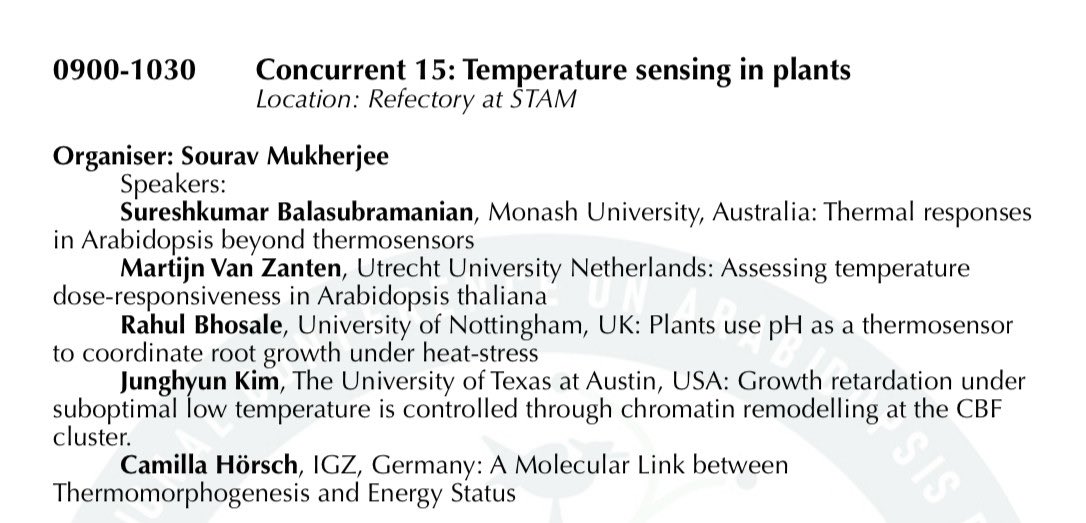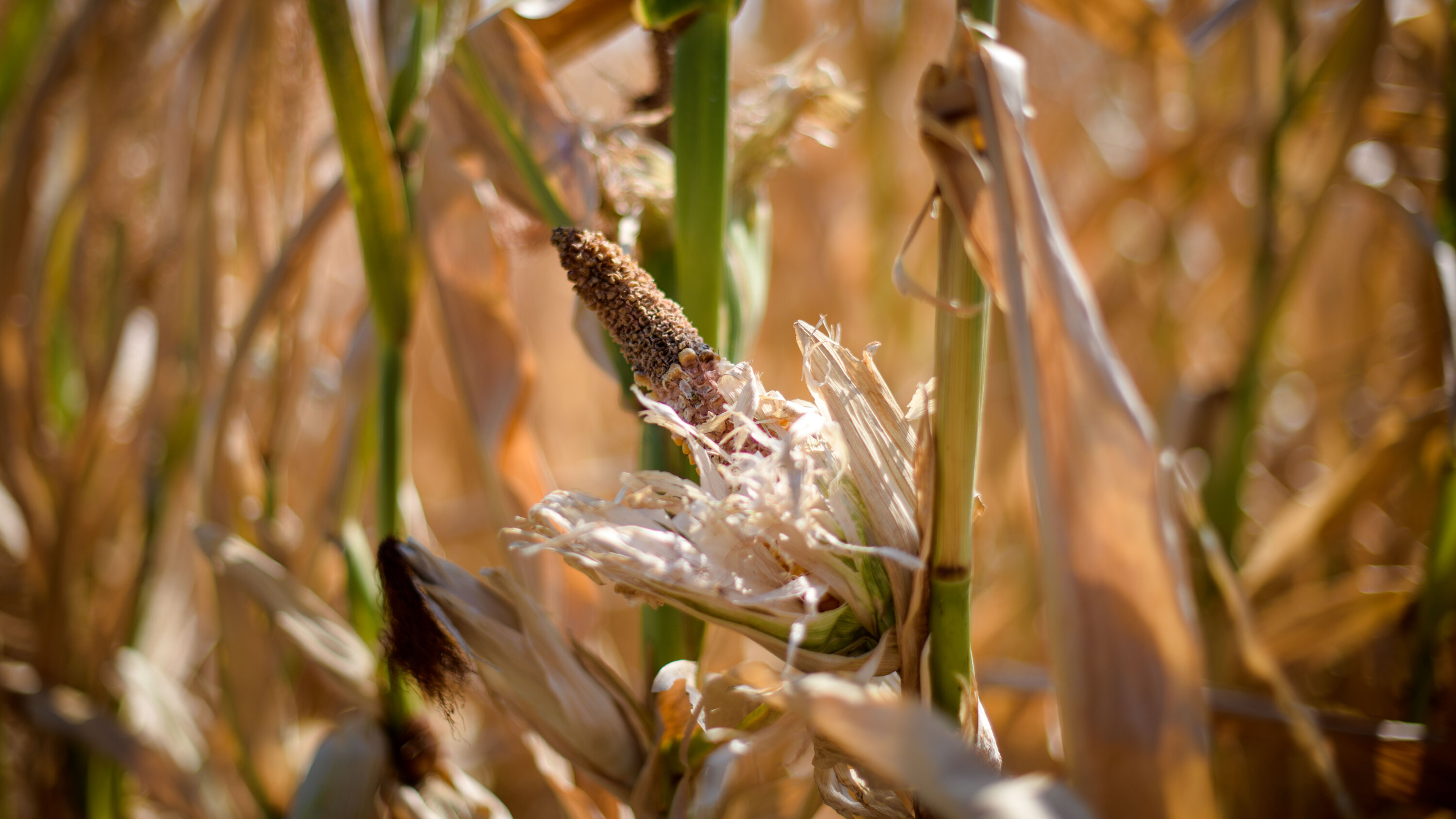SKB Lab
@SKBLab
Academic (Biologist) working at Monash University, Australia, Views are personal.
My appeal to academia to stop using the ranking of the University of education as a parameter while recruiting graduate students, out now @nature (1/3) @MonashBiol @Monash_Science @PlantEvolution @KamounLab @NeedhiBhalla @ScienceChiefAu @PrinSciAdvGoI nature.com/articles/d4158…
First copies of my book are here!! As a new faculty member, I realized that in addition to my research job, I also had a leadership job…and I wasn’t prepared for that. This book is the guide I wish I’d had then, with the goal of helping others now. jenheemstra.com/book
Our new paper is out! 1/16 How does an organ rebuild its shape after injury? It's not just about making new cells, but aligning them in the right direction — like bricks shaping a structure. cell.com/current-biolog…
We demonstrated the functional importance of RNA structure in plant domestication😊 How cucumbers got longer – and why it’s a big deal for farming | John Innes Centre @JohnInnesCentre jic.ac.uk/news/how-cucum…
PIF3 promotes thermosensory growth in Arabidopsis by enhancing PIF4 function Das et al. @Plant_EnSiGnLab @iiserkol 📖 nph.onlinelibrary.wiley.com/share/ZDWHADHJ…
#TansleyReview: Simple sequence repeats and their expansions: role in #plant development, #environmental #response and adaptation Sridevi Sureshkumar, Aaryan Chhabra, Ya-Long Guo & Sureshkumar Balasubramanian 👇 📖 nph.onlinelibrary.wiley.com/doi/10.1111/np… #LatestIssue @wileyplantsci
What a fantastic session on "Temperature sensing in plants" this morning at #ICAR2025! 🌱🌡️ Grateful to all the amazing speakers and engaged audience for making it a great success. Exciting science, vibrant discussion, and lots of inspiration! #ClimateResilience #PlantBiology
A heartfelt thank you to #ICAR2025, @AABiologists , and @MonashUni for the generous financial support that made it possible for me to attend and present at #ICAR2025. Grateful for the opportunity to connect, learn, and share exciting science! 🙏🌱 #PlantScience @MonashBiol
NAASC is thrilled to announce the 2025 recipients of the Philip N. Benfey Arabidopsis Community Lifetime Achievement Awards: 👏Mark Estelle, UCSD (USA) 👏 Maarten Koorneef, retired (The Netherlands) 👏 Detlef Weigel, Max Planck- Tuebingen (Germany) Well-deserved honor for all 3!
Had a ton of fun discussing "dispersed temperature sensing" model of how plants sense temperature, in my recent interview with @Cornell chronicle ( news.cornell.edu/stories/2025/0…), based on our @ScienceMagazine review. Tried explaining as simply as I could!
On my way to Brussels from Zurich! Looking forward to meeting colleagues and speaking at ICAR2025.

🌿 Excited to chair a session on "Temperature sensing in plants" at #ICAR2025 in Ghent, Belgium!🌡️🌱 🗓️ June 20, 2025 🕘 9 AM Don't miss talks from amazing speakers on how plants perceive & adapt to temperature. #ICAR2025 #PlantBiology #TemperatureSensing #ClimateResilience
NYT covers the temperature special issue from @ScienceMagazine including our article on temperature sensing and response @GATCLab @alokksinha @MonashBiol nytimes.com/2025/06/12/cli…

Congratulations to the team for this wonderful Science! @sadanandomlab and all co authors. @DurBiol Redox-regulated Aux/IAA multimerization modulates auxin responses | Science science.org/doi/10.1126/sc…
Review: Dispersed components drive temperature sensing and response in plants science.org/doi/10.1126/sc…
science.org/doi/10.1126/sc… "Dispersed components drive temperature sensing and response in plants" ...an interesting concept in temperature sensing by plants in this "Science" review. Thanks, Suresh, Sridevi and Avilash @NIPGRsocial @DBTIndia
How do plants feel the heat & what does it mean for our food future? @ScienceMagazine review explores how dispersed, temperature-sensitive proteins allow plants to sense & respond to rising temperatures—crucial for building climate-resilient agriculture. science.org/doi/10.1126/sc…
Dr. Alok K. Sinha (Scientist, BRIC-NIPGR) has contributed as a co-author to a review article published in Science, titled "Dispersed components drive temperature sensing and response in plants." Learn more: science.org/doi/10.1126/sc… @DBTIndia @alokksinha
(2/2) Essentially, we highlight that plant thermosensing is an emergent property of multiple temperature-sensitive processes dispersed across signaling networks. @ScienceMagazine
Plants don’t use a single “thermometer” to sense heat – they decode it through a molecular network! A new review led by @MonashUni biologists could reshape how we engineer climate-resilient crops using AI & synthetic biology. monash.edu/science/news-e… #MonashScience
As the world warms, plants in natural ecosystems and agricultural settings find ways to respond to the heat. In a new special issue of Science, researchers examine how heat affects plants at multiple scales, from the molecular level to the biosphere. scim.ag/44cSw3Z